Abstract
With the rise of blockchain technology it is possible to utilize it for the city and in our case for the concept of farm to market, which empowers the small farmers to sell their products directly to the market, meanwhile employ individuals who would provide services such as warehouse, transportation, and packaging that uses spare spaces in the city as mini hubs, in general, remove intermediaries so that farmers earn more, and market receive lower prices and higher quality organic products. Above all employ new individuals as suppliers who are not having any budgets.
Literature Review
Approximately two billion people live on 475 million small farms in developing countries. These farmers account for approximately one-third of the total food supply in the world (Wegner and Zwart 2011), and we have an 80% proportion of the national food production by smallholders, however, these smallholders are more efficiently producing food as compared with larger farms.

Farmers has many challenges, they are often very poor, do not know the market demand, they have no choice of where to sell their products, most of the time supermarkets ask for the certifications, and on the other side of the issue, their supply is in low amount and depending on the season and environmental issue inconsistent. These farmers have a high cost of transportation, they have lack education and it happens that markets face price fluctuation. Seeing some trends, it has been published that the global population is projected to reach 9.3 billion in 2050, and rural populations will be more dependent on agriculture. On the other hand, cities promote the sales of organic nutrition and wellbeing products.
Problem Statement
The actual market model currently is that there is an intermediary in between the market and the farmers which finally design how much they buy the product and how much they sell it to the market and who to sell it, thus farmers most of the time get less amount of money and market receive a more expensive untrusted product that is not sure where they come from.
Why we need blockchain
It is certainly an informal chain of the economy due to a lack of control by governments. And meanwhile, there is a lack of employment, education, and policies to strengthen and help small agriculture. And the monopoly of intermediaries that control the market and there is no transparency in the real prices of the products all these facts derive us to create a transparent,m trustable, and stable blockchain with the decentralized autonomous organization to control this.
Blockchain Structure
There 3 different phases that operate on the blockchain which is running by a platform called “Cooperative platform”
Phase 1
Farmers first need to register in the cooperative platform then they will be set up by a wallet and they get the membership to vote for their representatives which uses utility tokens 1 FMP (Farmer Power Token) to vote, they could perform their transaction on the network with asset tokens which these asset tokens are backed by real agricultural product for instance 1 FMP is equal to 1kg of potato. Through the platform, they receive the data on market demand and what the market needs do they focus on those products more.On the other side of the structure, there are suppliers who are responsible for transportation, packaging, selling, and storage. They are individuals who have one or more of these services. As of the city intervention, the spare spaces are going to be filled with agricultural products and new selling hubs would be opened like open area markets. The suppliers also connect with supermarkets to sell their products with the certificates that cooperative platforms give them. This way every individual with one of the services that they could provide will have a job. And finally, a cooperative platform sets them an individual wallet for them to receive their commissions and payments in asset tokens of the actual FMP asset tokens.
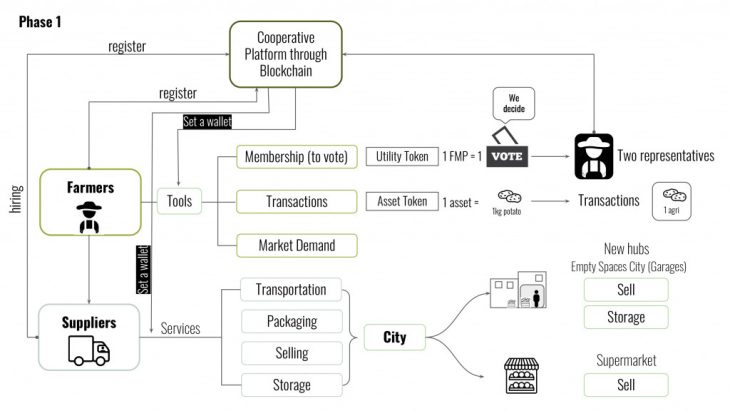
Phase 2
In phase 2 there will be an e-Contract set by cooperative platform for farmers and suppliers, and the percentage of revenue that goes to suppliers going to be kept into the safe (GNosis Safe of Rinkeby network) up until the service done to assure the quality of service. As highlighted earlier they get paid by asset tokens which are backed by agricultural products.
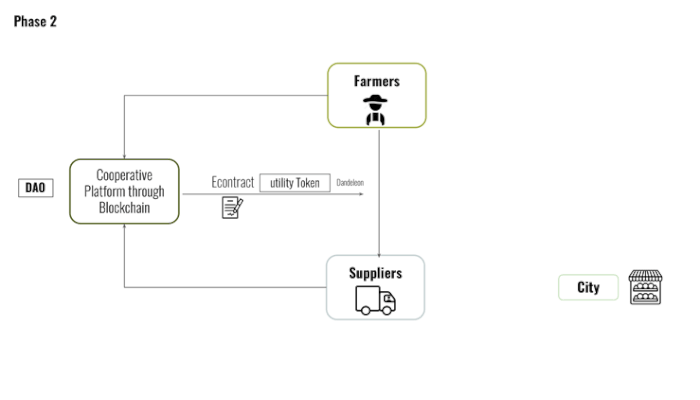
Phase 3
The market also could pay through the network and it also kept it safe to assure the quality of the product in the city. After all the assurance of the quality of service and quality of products happen, the safe will unlock the tokens for the payments. The certification for the farmers and suppliers and their score will happen in the cooperative platform where they vote for suppliers and farmers.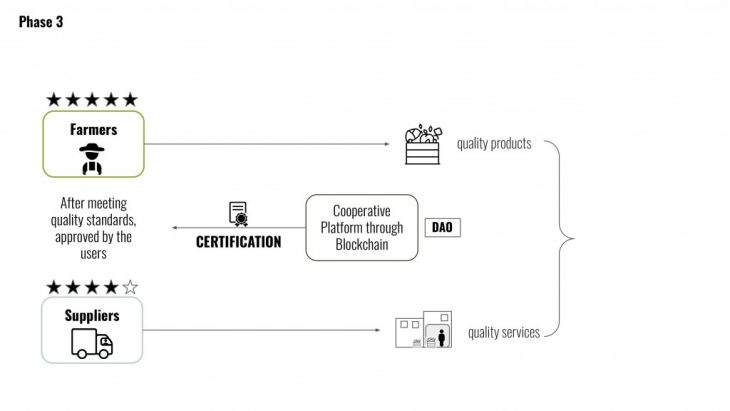
Safe
Safe for this project is a custodian tool to help farmers and suppliers deposit the money from the transactions and keep it until the task is done. It is in the beta version containing 2 signatories to approve the quality of services and it is based on the contracts, it is also a tool for crowd sale and spreading tokens to farmers, suppliers, and in the future when the network grows for the market.
DAO
Finally, the DAO (Decentralized Autonomous Organization) is the type of organization that monitors all these transactions and governs all these actions taken by all sides, which voting happens in there,, it is responsible for and the way for hiring suppliers, it passes the rules and it passes the approvals.
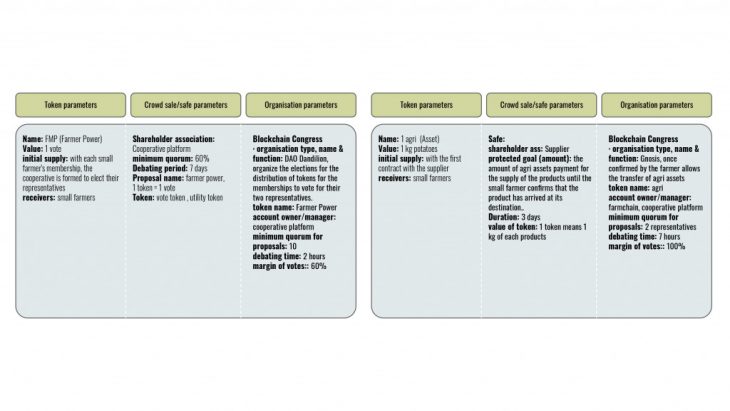
The figure above utility token on left and asset token on right
Crypto Urbanomics Model
Below are the two tables of Crypto Urbanomics methodology in which the project has been deployed upon that.
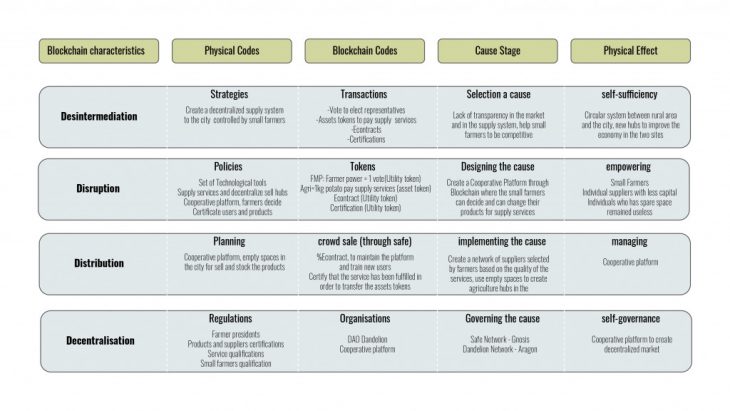
Citizen Benefits
Eventually there Farmchain is capable of making new agricultural hubs in the city and new opportunities for employment, make Transparency and efficient in the distribution of the products, Strengthening the rural economy and improve the quality of life and finally feeding future generations healthily and organically in the cities.
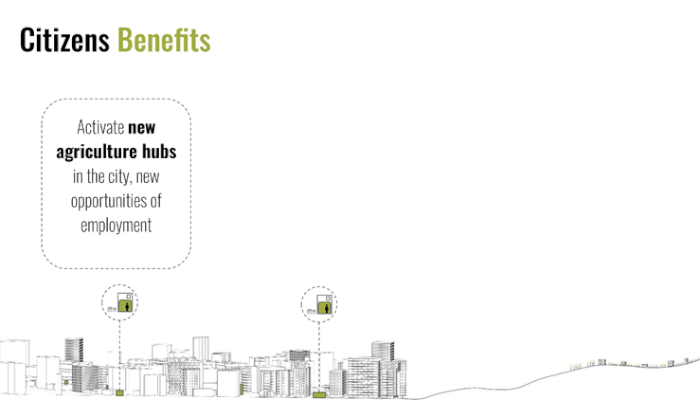
Actual Chain
Backend
The actual chain happens through Ethereum testnet rinkeby. And uses custom tokens (currently name IAAC main, IAAC utility, and IAAC asset tokens). The transactions happen through mostly metamask for different users.
The figure below shows the metamask wallet used for founding the project
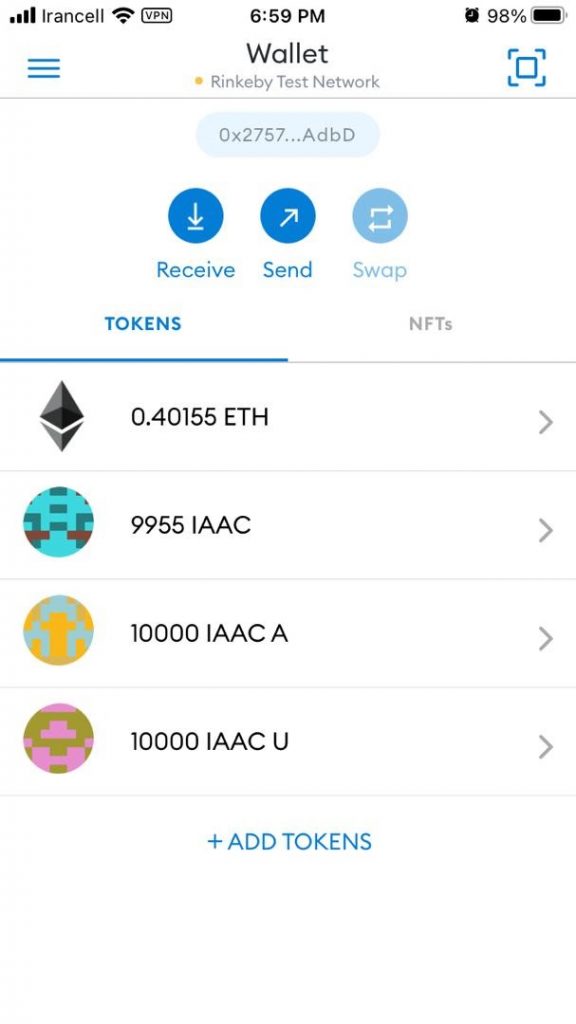
Actual Safe (GNosis Safe)
The Safe is operating on Gnosis Safe which is responsible for spreading FMP tokens and spreading tokens during crowd sales. The name of our safe is AgriChain and started with two founders’ addresses, We use this safe to make farmers and suppliers keep the tokens before the transaction is done in an actual safe place to unlock after it has been done. On this beta test, we made transactions from farmer account to supplier account, which request us for the both of signatories to sign the transaction.
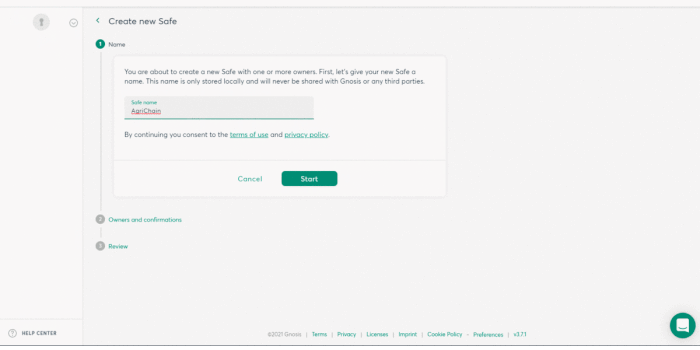
Actual DAO (Aragon Dandelion)
We make use of Aragon DAO, which in this case we used Dandelion in type to have all of the features for a needed DAO, As of voting system, we set it to 100% support which contains 51% of minimum approvals, the vote duration is 7 days, The token name is set to farmer power and its symbol is FMP, with us two founders as 1000 FMP token holders, and lock amount for this DAO is set to 200 tokens (the IAAC main address token) for the 1-day duration. The redemption tokens (IAAC Utility tokens in this case) is also set for this part, And the accepted tokens set to ETH (Ethereum). In beta testing, we made our first two vote polls, which each time lock 200 tokens, Then representatives come and vote here and participate in this pole, And within the voting poll times, voting had been finished with 100% of yes votes in this case. And there is a total supply of 10000 FMP and each (two holders) address contain 5000 FMPsAlso you might be able to see the transaction receipts on Etherscan invoices
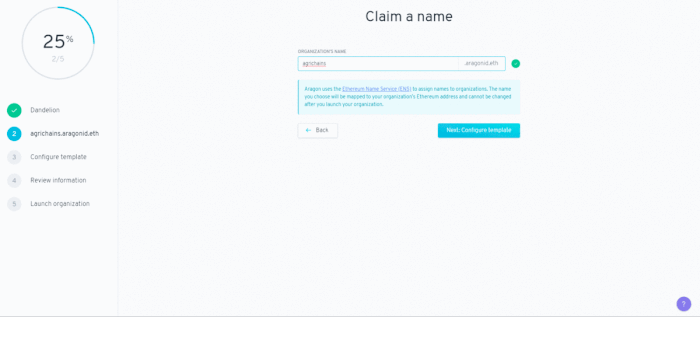
Actual Etherscan invoices
as you see below the invoices and hash track of transaction has been settled on Ethereum Network
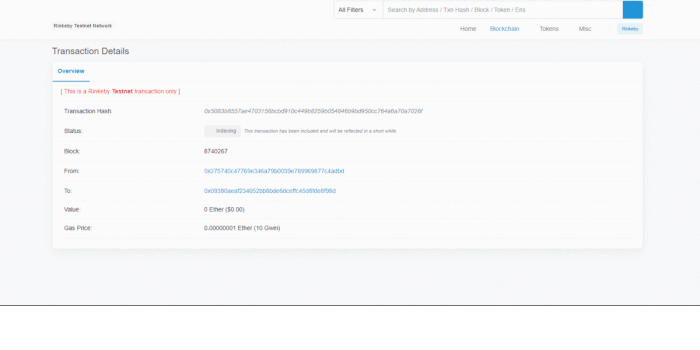
FrontEnd Farmchain Beta 1.0.0
As part of the project to promote the project to actual farmers and suppliers, we made an actual website for it, like most Blockchain projects to land the project in the real world which contain: the main platform (that users interact with and make collaboration which acts as also communication platform to make the transparency and trust), project description, maps, donation, involvement, contacts, live chat among others.
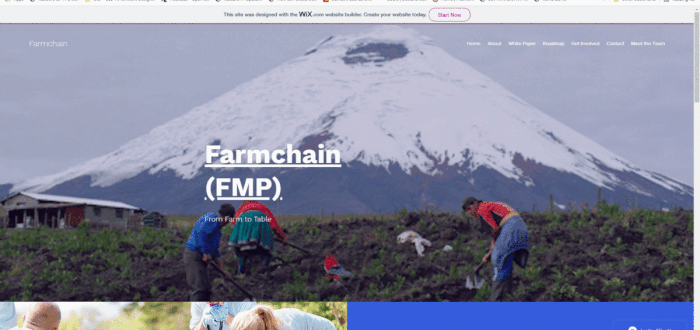
Farmchain is a project of IAAC, Institute for Advanced Architecture of Catalonia developed at Master in City & Technology in 2020/21 by students: Sasan Bahrami, Kevin Aragón, and faculty: Lluïsa Marsal.